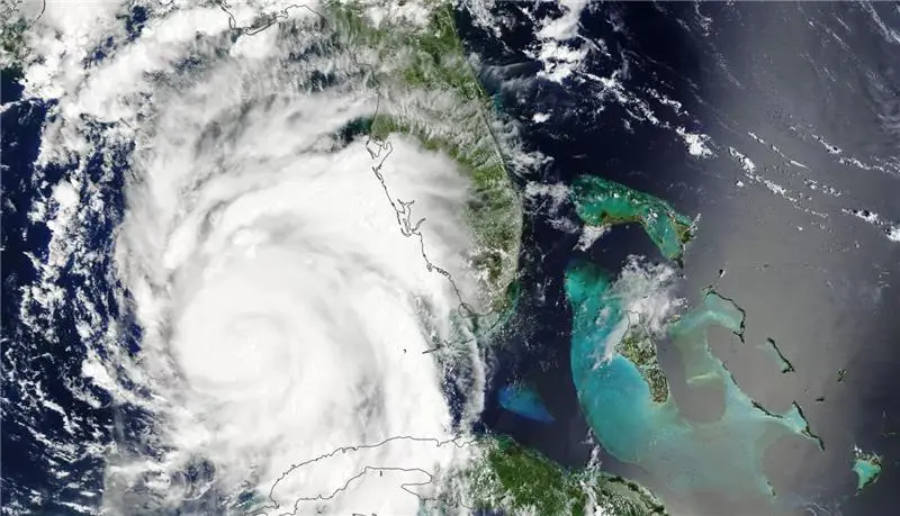NASA and the International Maritime Office are working on an artificial intelligence-based climate model that could provide experts with more detailed data in the future.
When science and technology meet artificial intelligence. NASA and IBM Research have developed the artificial intelligence (AI)-based model that will be used to understand weather and climate more accurately in the future. Prithvi's model leverages artificial intelligence to improve the accuracy of weather and climate models to represent data in more detail, which helps regional models.
The global models used as a basis typically have larger scale resolution, which means they are less able to take local characteristics into account. Prithvi's model attempts to cover this shortcoming, and the learning capabilities of AI are relied upon in operations applied to the global dataset. AI will be able to produce many possible scenarios from raw data. By continuing to improve global climate models, regional models are created for smaller areas, which also incorporate site-specific characteristics into the result. With the new model, this two-step process has been simplified and users can use it more easily.
NASA's Terra satellite image of Hurricane Idalia in August 2023.
Developers hope they will help detect and predict extreme weather events or natural disasters, make targeted forecasts based on local observations, improve the spatial resolution of global climate simulations down to the regional scale, and improve the visualization of physical processes in weather and climate models. Thanks to the flexibility of Prithvi's model, it is able to capture the complex dynamics of the atmosphere even where previously indispensable information is missing. This weather and climate model can be extended to global and regional areas without loss of accuracy.
Prithvi is actually a larger family of models that includes models developed for NASA satellite data. This new model will be freely available thanks to NASA Doctrine, so anyone can use all the data. It is expected to become widely available this year, and until then development is proceeding at full speed.
source: NASA












































